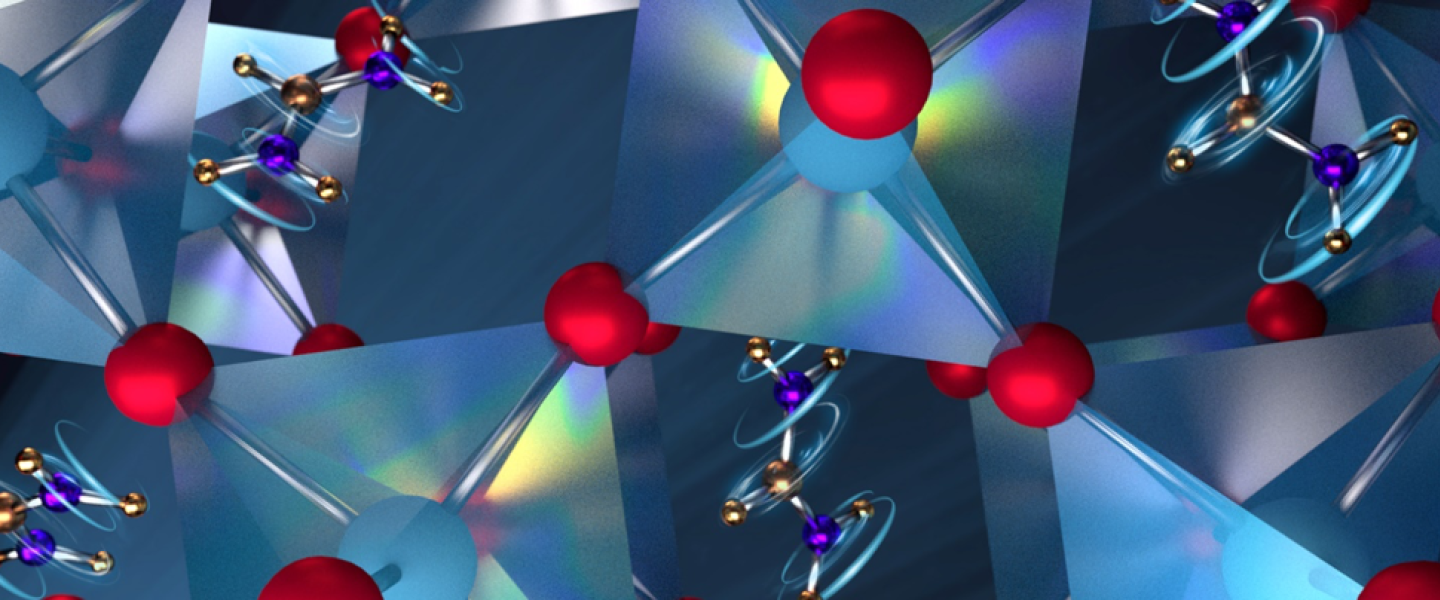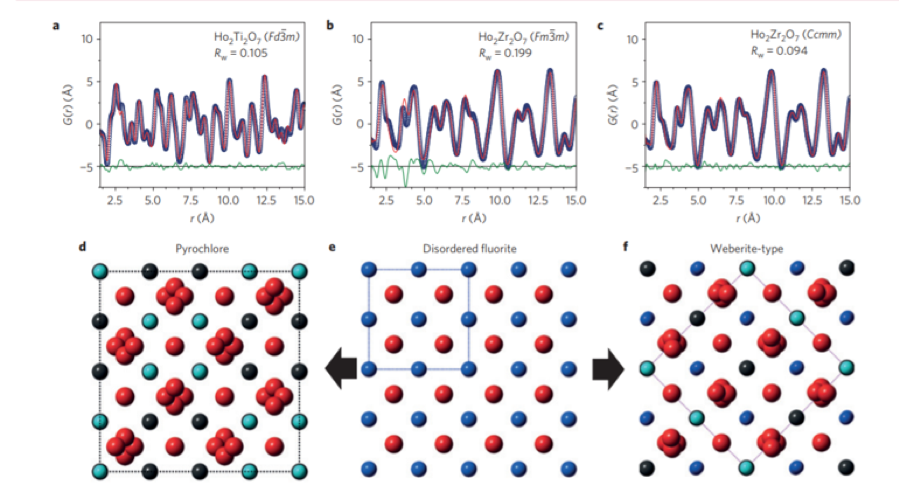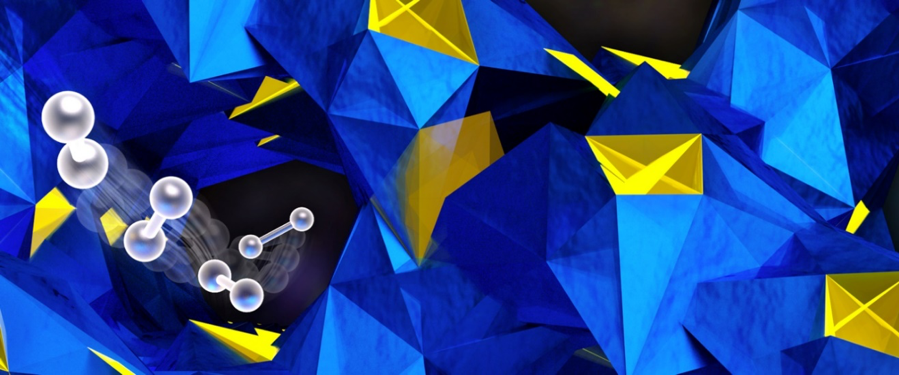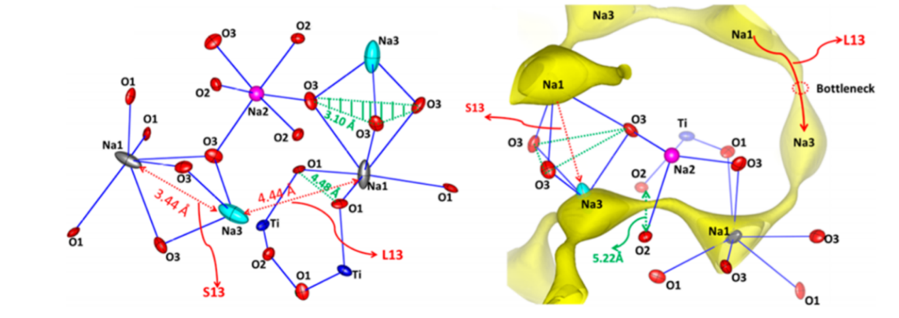


NOMAD is designed for investigations of materials through the total scattering technique with no regard for periodicity. As such, is applicable to materials ranging from liquids, glasses, to highly ordered crystalline materials. As a practical matter; however, with a resolution in backscattering of the order of 0.3%, it can also be used as a fast medium resolution neutron powder diffractometer.
The ability to understand and tailor the structure on the nano and atomic scale can be enhanced through accurate determination of structural features. The structural characterization of new materials provides critical feedback for further improvements in synthesis and in tuning of desired properties.
This diffractometer is particularly designed to effectively and efficiently use the high flux at SNS for studies of atomic-level and nanoscale structural features. This characteristic enables the study of new materials that are only available in small quantities and previously thought of as unsuitable for neutron diffraction. this opens up the possibility to follow processes and reactions in situ and allows isotope contrasting measurements to obtain element specific local structure.
Some selected science work from NOMAD:
1. Liquids, glasses and nanomaterials

NOMAD is designed for the investigation of materials with or without limited long-range periodicity, such as liquids, glasses, and nanomaterials. It has since been broadly used for the structure study of these types of materials across a wide spectrum of science and industrial areas, including but not limited to solvent chemistry, geology, alloys (especially metallic glasses), conventional glass industry, catalysis, and energy conversion and storage materials, etc.
A few successful examples can be found in the following publications:
Liquids and Glasses
Nanomaterials
2. Disordered crystalline materials

NOMAD has also been frequently used to study disordered crystalline materials where appreciable amounts of disorder are present in a relatively rigid and periodic lattice. These disordering components could be local distortions, chemical short-range order, anti-site defects, antiphase boundaries, liquid-like behavior for specific atoms/ions/spins, and stacking faults or dislocations.
A few successful examples can be found in the following publications:
3. In situchemical reactions, catalysis and batteries

One of the greatest advantages of NOMAD is its world-leading flux compared to other neutron time-of-flight diffractometers. This opens up the possibilities to study the structure evolution of small amounts of samples in operando. Specifically, it allows the operation of an in situgas flow cell on the beamline, which can be used to follow chemical decomposition and heterogenous catalytic reactions. Recent efforts have also been devoted to developing in situelectrochemical cells that can be used to study the charge/discharge process of batteries or super-capacitors.
A few successful examples can be found in the following publications:
4. Structure determination and refinement of crystalline materials

In addition to the above achievements, NOMAD can be used as a medium resolution powder diffractometer for structure determination and refinement. This enables abinitiostructure determination and structure refinement of new or modified functional crystalline materials. Moreover, due to the unprecedented high flux, it makes possible the accurate structure study of novel or metastable materials that can only be synthesized in small quantities (tens to hundreds of mg). A few successful examples can be found in the following publications:
5. New science areas/ideas you want bring to NOMAD?
New science areas and ideas are always welcomed, please contact the beamline team if you are interested in using NOMAD for your science.
Oak Ridge National Laboratory is managed by UT-Battelle LLC for the US Department of Energy